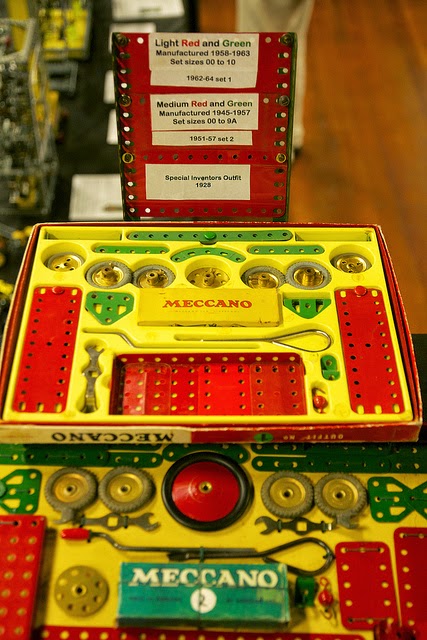Les Caprices du Mercredi
OHIM New Fast Track Program
The Office for Harmonization in the Internal Market (OHIM) is introducing a faster way to register for a trade mark, Fast Track. The new program will start on November 24 and will be free of charge. Applicants will, however, have to pay all fees upfront and also will have to select their goods and services from the OHIM's database of accepted terms, in order to reduce “the likelihood of deficiencies.”
Student Essay Competition Asks About Right to Be Forgotten
The Faculty of Law of the University of Cork is organizing an essay competition and invites all post-junior certificate students to submit an essay of some 1000 words. Among the topics students can chose is this question: “Is it fair for a person to have a legal right to have internet search results erased?”
Let’s hope that the best essay on that question will be published by the University online, as it would be interesting to read the opinion of a young jurist. The closing date for the competition is November 28, so there is still some time to get inspired.
Pigeons and Monsieur Chat
It’s been a while I wanted to write about this French case, even though it is not really an IP case, but more an administrative law case. However, as the name of the artist involved in this case is Monsieur Chat, Mister Cat, I could not pass the opportunity to briefly write about his tribulations with French justice.
Monsieur Chat is the name chosen by French graffiti artist Thomas Vuille who “tags” cats in public spaces. In August, he tagged images of cats in the Paris metro station Le Châtelet, while it was renovated. The images were thus painted on a temporary structure, not a permanent one. The RATP, the agency in charge of public transportation in Paris, did not however, consider it beautification but, rather, vandalism, and sued the artist for degradations, asking him to pay a 1800 Euros fine.
Under paragraph 1 of article 322-1 of the French criminal Code, “Destruction, damage or deterioration of property belonging to another is punishable by two years imprisonment and a 30,000 Euro fine, unless it has resulted in minor damage.“ Paragraph 2 of the same article specifically incriminates graffiti, considered a somewhat minor offense, as “tracing inscriptions, symbols or designs, without prior authorization, on facades, vehicles, highway or street furniture is punishable by a 3,750 Euro fine and a sentence of community interest work, if it resulted only in minor damage.”.
So Monsieur Chat could have been sued for a even higher fine. However, he is recognized as a real artist by many people who considered suing him to be outrageous. Certainly, it is more interesting for metro riders to look at a bright Monsieur Chat drawing than blank construction walls. But graffiti may have a double nature, both art and vandalism, if painted on an urban canvas without authorization. A few weeks ago, the Paris lower criminal court declared a mistrial over a procedural mistake, so there was no debate. Monsieur Chat was quoted as saying “I just put color. My grandfather was a painter, my father a bricklayer and in my home, it has never been a crime to paint on the walls."
In a somewhat related story, a Banksy graffiti mural was destroyed in the town of Clacton-on-Sea following complaints that the work was racist, as it featured big pigeons holding anti-immigration placards and looking menacingly over a little bird. As one of the placards read ”Keep Off Our Worms”, it can be argued without too much stretch of the imagination that the work was actually anti-anti-immigration. Nevertheless, the local council decided to remove the graffiti. Apparently, the council did not know that the work was a Banksy, but one can wonder if this knowledge would have prevented the work from being destroyed, as a council communication manager quoted in the BBC article said that “We would obviously welcome an appropriate Banksy original on any of our seafronts and would be delighted if he returned in the future.”
I wonder what would be deemed “appropriate” by the Clacton-on-Sea local council…
Meccano is Not a Generic Term
The Holidays are approaching fast and maybe some kids would like to receive a Meccano set. But “Meccano” is a trade mark and may not be used as a generic term in the press. A French Court of appeals recently found the French weekly magazine Le Point liablefor having used “Meccano” as a generic term to describe construction games in several of its articles. The magazine was fined 30,000 Euros. The Court specified that freedom of the press was not a defense in this case.
Twitter Account on Design Patent
If you are interested in design patents, I recommend following the Twitter account of Sarah Burstein, who teaches law at the University of Oklahoma College of Law. She is closely following design patent application and cases, and her tweets are always interesting to read.
Image of writing courtesy of Flickr user Jonathan Reyes under a CC BY-NC 2.0 license.
Image of Meccano is courtesy of Flickr user catnthehat under a CC BY-NC-SA 2.0 license.



